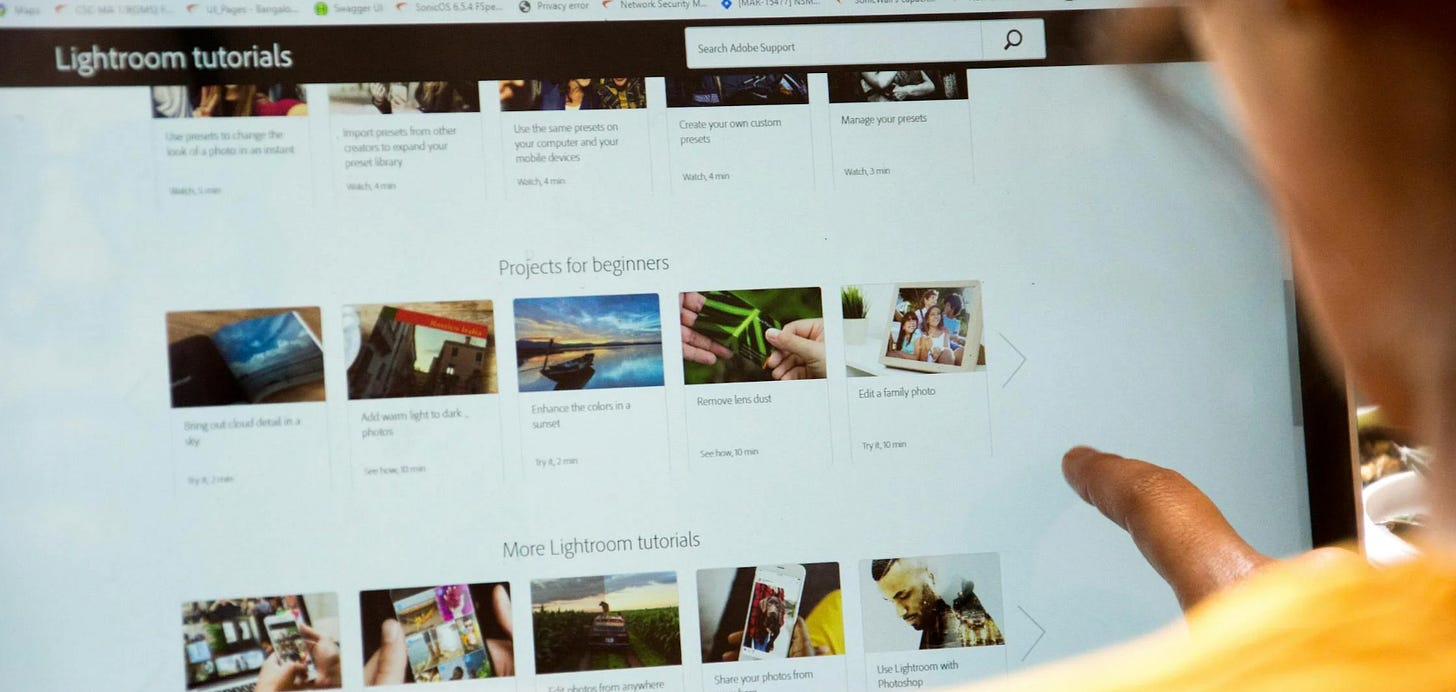How Smart Researchers Uncover the Why & the What for Better Products
Seasoned pro or newbie, mixing qual and quant isn’t optional—it’s the game-changer. Let’s make it happen.

UX research often feels like standing at a crossroads: do you focus on numbers that tell you what’s happening or the stories that explain why? Here’s the thing—you don’t have to choose. Mixed methods research lets you bridge the gap, combining qualitative and quantitative insights for a 360-degree view of your users. It’s the secret sauce for getting beyond surface-level data to uncover actionable truths.
The Need for a Mixed Methods Approach
Let’s face it: when UX teams stick to one type of research, they’re only getting part of the picture. Numbers can tell you a feature’s failing, but they can’t tell you why users are frustrated. Meanwhile, interviews might uncover user pain points but leave you guessing how widespread those issues are. Mixed methods research brings these worlds together, helping you:
Validate Hypotheses: Brainstorm with qualitative research, then back it up with hard data.
Build Better Personas: Create rich, multi-dimensional personas by blending survey stats with interview nuggets.
Prioritize Features Like a Pro: Pair user feedback with metrics to focus on what matters most.
How Mixed Methods Work in Tandem
Here’s how you make the magic happen:
Discovery Phase: Start by listening to users—think interviews, field studies, or just watching them interact with your product. This is where the "aha!" moments live.
Validation Phase: Next, roll out the surveys, A/B tests, or analytics to see how big the problem (or opportunity) really is.
Iteration Phase: After launch, usability tests and analytics go hand in hand to help you fine-tune the experience.
Picture this: your app’s onboarding process is tanking. Interviews reveal the language feels too technical. Meanwhile, analytics show a massive drop-off on Step 3. Together, these insights give you both the why and the where to start improving.
The Challenges of Mixed Methods Research
Of course, no method is perfect. Mixed methods research comes with its own set of challenges:
Time and Resource Demands: Running both qualitative and quantitative studies can stretch your team thin.
Data Synthesis Woes: Merging two very different data sets into one coherent story isn’t easy.
Team Silos: Researchers often lean into their comfort zones, leaving collaboration on the back burner.
Tips for Success
So how do you pull it all together without losing your mind? Try this:
Invest in Skills: Make sure your team’s toolbox includes both qualitative and quantitative methods.
Use Smart Tools: Platforms like Dovetail or Airtable can make it easier to bring everything together.
Break Down Silos: Get researchers, designers, and product managers talking—early and often.
Tell a Great Story: Don’t just present data; weave it into a narrative that moves your team to action.
A Future Built on Synergy
In today’s complex world, relying on a single research method is like trying to navigate with half a map. Mixed methods research offers the full picture, empowering UX teams to design experiences that truly resonate with users.
This isn’t just about doing better research—it’s about making better decisions, building better products, and delivering better results. So, let’s embrace the power of synergy and take UX research to the next level. The future of design depends on it.



